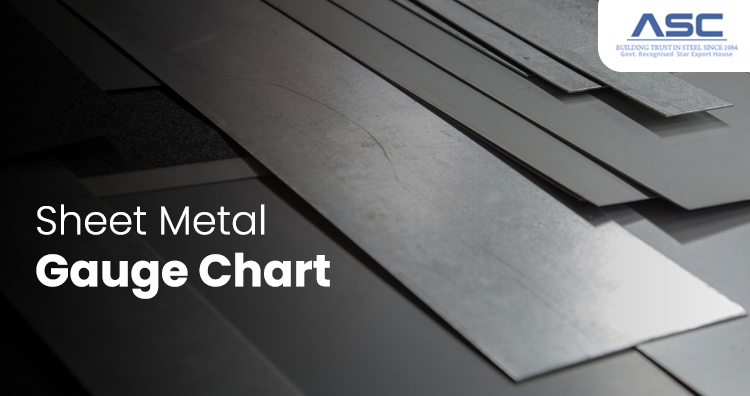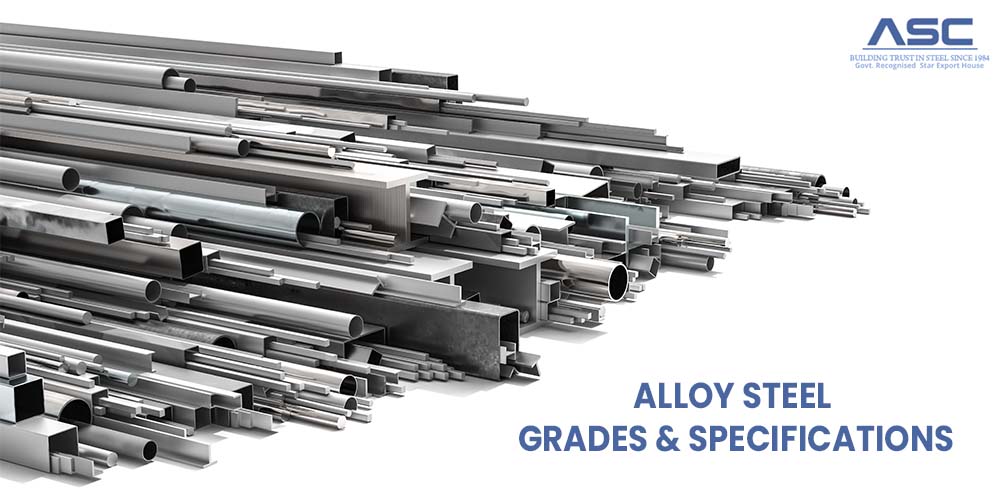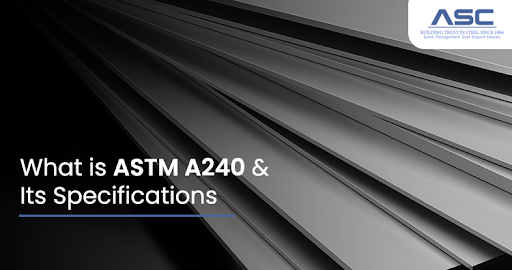Top 10 Common Questions About Weathering Steel
by AMC
Posted on August 01, 2023 at 12:50 AM

What is Weathering Steel?
Weathering steel, also known as Corten steel, is a type of steel that is specifically formulated to develop a
protective patina layer over time when exposed to the elements. This unique property eliminates the need for
additional painting or coating to protect the steel from corrosion. The patina layer forms a rust-like
appearance, which not only provides protection but also delivers a distinctive warm, dark-brown, textured
appearance to the steel.
When weathering steel is exposed to the atmosphere, the patina layer develops and acts as a barrier that seals
the steel from further exposure to the elements. If the weathering steel surface is scratched or damaged, the
patina has the ability to self-heal, repairing and renewing its protective properties. This self-healing
capability is one of the key characteristics that make weathering steel an attractive material for various
outdoor applications.
What is chemical composition weathering steel?
Weathering steels are high-strength, low-alloy steels characterized by their ability to develop a protective
patina layer when exposed to the atmosphere. As mentioned earlier, they typically have a carbon content of
less than 0.2 percent, which contributes to their good formability and weldability.
Weathering steels are composed of various alloying elements, including manganese, phosphorus, sulfur, silicon,
nickel, chromium, copper, and vanadium. These alloying elements are carefully added to achieve the desired
properties, such as improved corrosion resistance, enhanced mechanical strength, and durability.
Weathering steels commonly have a tensile strength of around 70 ksi (thousand pounds per square inch) and a
tensile yield strength of approximately 50 ksi. This high-strength property makes weathering steels suitable
for various structural and industrial applications, where their ability to withstand external environmental
factors without compromising their integrity is crucial.
What are the different types of weathering steels?
Weathering steels encompass a family of ASTM specifications and several trademarked specifications that
exhibit similar corrosion-resistant properties. These specifications are chosen based on the desired product
and its intended application. The primary trademarked product in this family is Cor-ten®.
The ASTM specifications associated with weathering steels include:
- ASTM A588:This specification covers structural shapes, plates, and bars made from weathering steel.
- ASTM A242:Covers steel plate with a thickness of up to one-half inch. It is commonly used for structural applications.
- ASTM A606-4:This specification covers steel sheet and coil made from weathering steel.
- ASTM A847:Covers weathering steel tubes and pipes, suitable for various structural and architectural applications.
- ASTM A871-65:This specification covers plates with a minimum yield strength of 65 ksi. It is commonly used for structural components exposed to harsh environmental conditions.
Additionally, there are other trademarked specifications that exhibit similar corrosion-resistant properties
to ASTM weathering steels.
The choice of a specific ASTM weathering steel specification depends on the type of product required and its
intended use. These specifications offer a range of options to suit different applications, providing
structural integrity, durability, and corrosion resistance in various environments.
What is weathering steel used for?
Weathering steel's natural protective rust coating significantly slows down the corrosion rate, allowing it
to outlast plain carbon steel in outdoor conditions. This makes it an ideal choice for exposed steel
structures, particularly in applications where constant repainting and recoating would be impractical and
costly.
Examples of such applications include building and bridge construction, where weathering steel's corrosion
resistance eliminates the need for frequent maintenance, reducing both time and expenses associated with
upkeep.
However, it is important to consider the specific environmental conditions when using weathering steel. While
it excels in many outdoor settings, there are environments where its corrosion resistance may not be adequate.
For instance, environments with high chlorine content, such as coastal areas with salt-laden air, can be
particularly harsh on weathering steel, leading to premature failure.
Similarly, applications involving galvanic corrosion or extreme pH levels should avoid the use of weathering
steel, as its protective rust layer may not provide sufficient protection in such conditions.
Proper evaluation of the environment and understanding the limitations of weathering steel will ensure its
successful application in outdoor structures and infrastructure projects, maximizing its benefits while
avoiding potential issues related to specific corrosive environments.
What is the specification for weathering steel?
The specification for weathering steel is provided by the American Society for Testing and Materials (ASTM) under several specific designations. The most common ASTM specifications for weathering steel are: ASTM A588, A242, A606, A847, A871-65.
How durable is weathering steel?
Weathering steel can last decades to over 100 years due to its protective rust that slows corrosion, making it ideal for outdoor structures with low maintenance needs.
Is weathering steel more expensive?
Weathering steel (Corten steel) can initially be more expensive than traditional carbon steel due to its unique properties and alloying elements. However, its long-term cost-effectiveness comes from reduced maintenance requirements and longer service life, making it a cost-effective choice for outdoor applications over time.
Can weathering steel be welded?
Yes, weathering steel can be welded using common welding methods. However, it is essential to follow specific welding guidelines to ensure the weld joint's integrity and the long-term performance of the weathering steel. The main consideration when welding weathering steel is to use low-hydrogen welding electrodes which is different from mild steel. These low-hydrogen electrodes help prevent hydrogen-induced cracking in the weld joint, which is essential for maintaining the material's corrosion resistance.
Is weathering steel fire-resistant?
Weathering steel, including Corten steel, does exhibit a level of fire resistance due to its chemical composition and ability to form a protective rust layer. The rust layer acts as a barrier that can slow down the corrosion process even when exposed to elevated heat.
Will weathering steel rust?
Yes, weathering steel will rust, but it does so in a controlled manner, forming a protective rust layer
called the patina. This patina is a dense oxide coating that develops on the surface of the steel when it is
exposed to the atmosphere over time.
The patina acts as a barrier, protecting the underlying steel from further corrosion. This natural protective
layer slows down the rusting process, providing weathering steel with its exceptional corrosion resistance and
extended service life in outdoor environments.
The rusting process of weathering steel is intentional and part of its unique characteristics, making it a
popular choice for various architectural, structural, and artistic applications where a distinctive rust-like
appearance is desired along with low-maintenance and long-lasting performance.

Sheet Metal Gauge Chart
When working with sheet metal, the term "gauge" is commonly used to describe the thickness or thickness range of the material.

